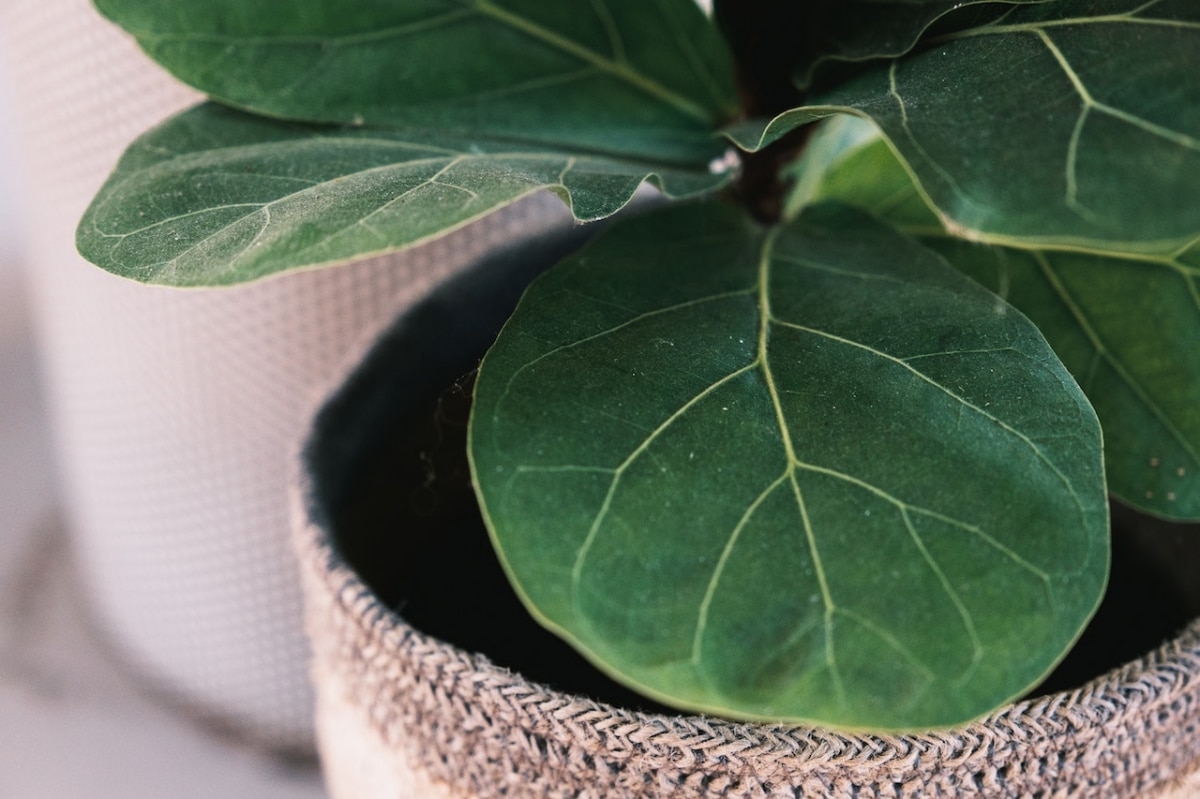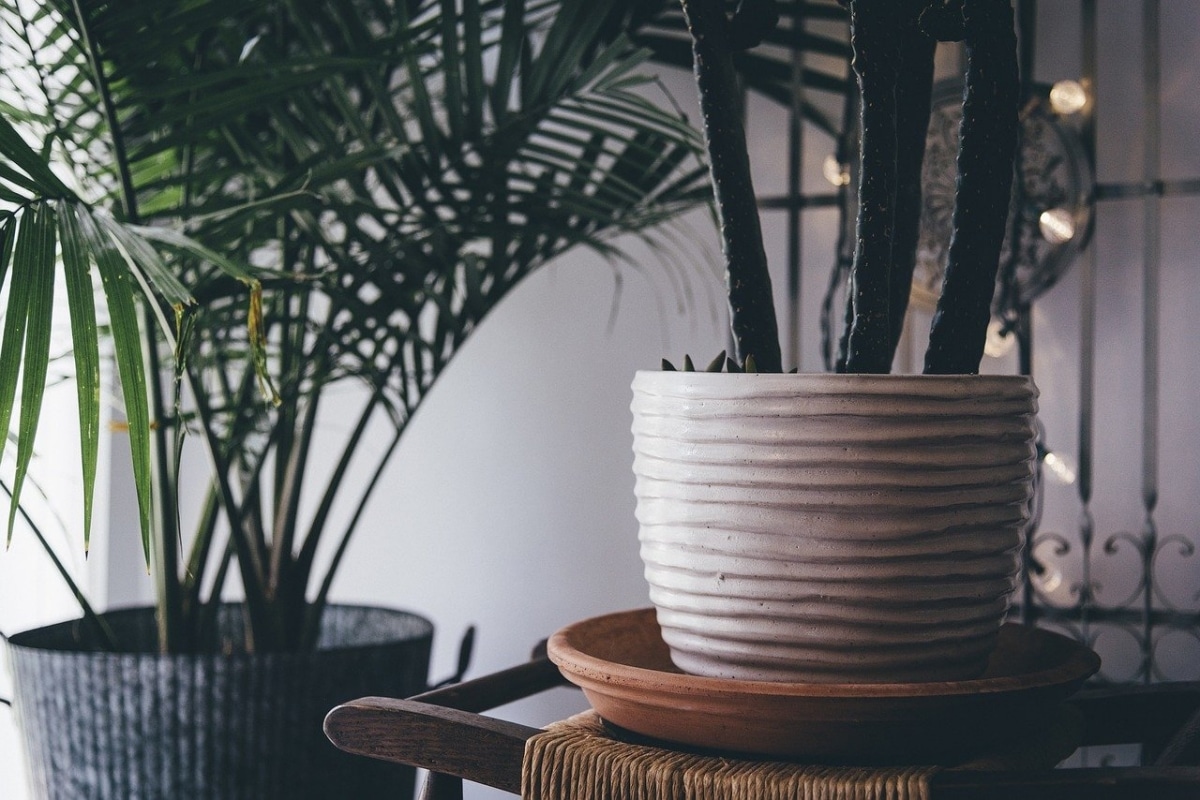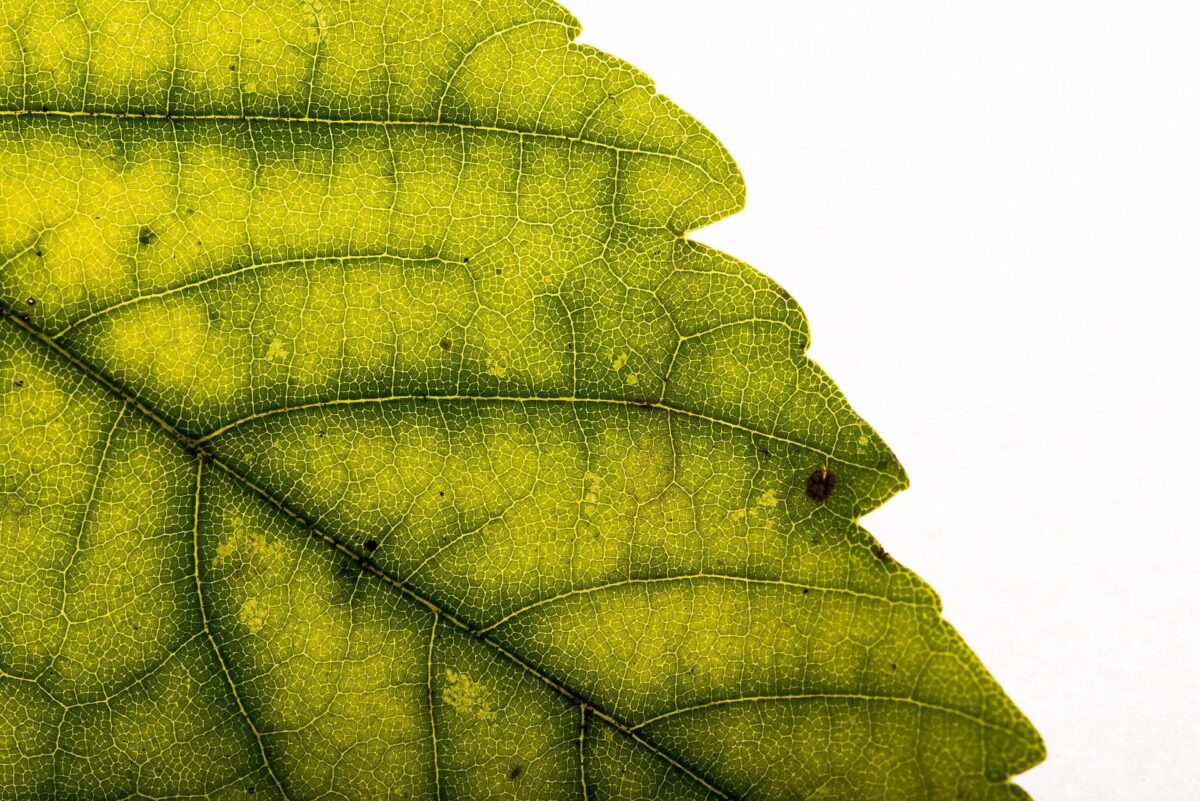
The plants that we have at home can be excessively cared for, and as a result of that They can have several problems that usually manifest in the leaves. In fact, these are the first to show symptoms that tend to worry us the most, since, of course, if they change color or if they fall off, being visible, we can immediately think that something is wrong with them.
Of all the most dramatic symptoms, let's say, is the yellowing of the leaves. When that happens, we immediately wonder why my houseplants have yellow leaves. So let's see what are the reasons and how to solve it.
Irrigation problems

Both the lack and excess of water cause the leaves to turn yellow.. In the first case, the first to turn yellow are the newest, but in the second they are, on the contrary, the oldest, that is, the inferior ones. But in addition to this, there are other symptoms that will confirm that the problem is in irrigation. For example:
- If it is lack of water:
- The soil will be very dry, and may have trouble absorbing water.
- If you take the pot, you notice that it weighs little.
- The plant may have a pest, such as mealybugs or aphids.
- If it is excess water:
- The soil will be very, very wet and may have verdina.
- When picking up the pot, it will weigh a lot.
- The plant may be diseased, have fungus, or rotten roots.
How to recover an indoor plant that has been watered poorly? before anything you have to find out if what happens is that it is dry or not. In the event that it is, you have to submerge the pot in a container that you will have filled with water. And then leave it there for about half an hour.
However If, on the contrary, you consider that you have watered it excessively, you will have to remove the plant from the pot, and then take some absorbent paper to wrap the root bread with it. Leave it like this until the next day, and then remove the paper to plant it in a new pot with also new substrate (but do not remove the one it has). Finally, apply a product against fungi (systemic fungicide), and reduce the frequency of irrigation.
Low light

The plants that are kept indoors are plants that need light, some more than others, but all need it. For this reason, when placed in a dark room, the leaves lose color at the same time that their chlorophyll production decreases. But how do you know if what is happening to them is this and not something else?
When they don't get enough light the leaves gradually lose their natural color. Furthermore, its growth first slows down and later stops; and in the end, in extreme cases where nothing is done, the plants die.
What to do? You just have to change the room, taking them to one in which there is more clarity.
Drafts and/or cold

If they are put in a room where there is, for example, an air conditioner, a fan or even a window that is usually kept open, the plants will turn yellow as well. Already either because these air currents are cold or warm, what happens is that the environment dries out and the leaves go thirsty.
For this reason, never place plants near such drafts, otherwise we risk that its leaves turn yellow sooner rather than later. But how do you know that the problem is this?
Well, it's easy: if we usually have the air conditioning on for example for a while every day for many days, the plant that is close to it will have a hard time. First, the tips will turn yellowish, and later that yellowing will reach the rest of the leaf. Putting a solution to it is also a solution: you just have to change it to another location.
Needs nutrients (iron or manganese is the most common)

Image - TECNICROP
Yellow leaves can also be a sign that the plant is lacking in nutrients, specifically iron and/or manganese. The lack of these causes them to lose color, and their growth slows down a lot.. In addition, it is necessary to know what happens when the irrigation water and/or the soil has a very high pH (that is, it is alkaline).
Those to which it happens most frequently are the so-called acid plantssuch as hydrangeas, camellias, gardenias or azaleas. It can also occur in citrus fruits, such as the lemon tree, but these trees are not usually kept indoors (in fact, it is not recommended, since they need a lot of light).
In order to solve it, You must fertilize them with a fertilizer for liquid acidic plants such as this, following the directions on the package.
As you can see, there are several reasons why indoor plants may have yellow leaves. I hope these tips help you so you can recover them.